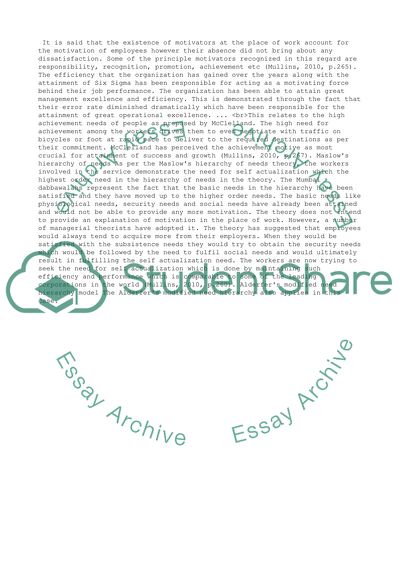Cite this document
(“Management - Managing People Essay Example | Topics and Well Written Essays - 1500 words”, n.d.)
Retrieved from https://studentshare.org/management/1424308-managing-people
Retrieved from https://studentshare.org/management/1424308-managing-people
(Management - Managing People Essay Example | Topics and Well Written Essays - 1500 Words)
https://studentshare.org/management/1424308-managing-people.
https://studentshare.org/management/1424308-managing-people.
“Management - Managing People Essay Example | Topics and Well Written Essays - 1500 Words”, n.d. https://studentshare.org/management/1424308-managing-people.


